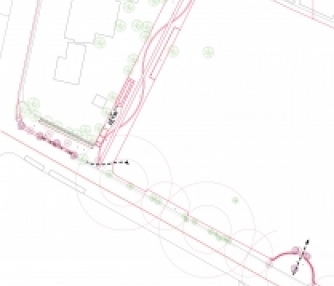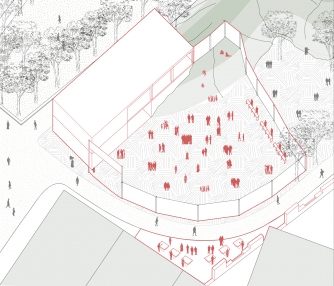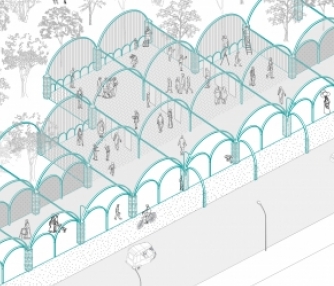- Tutor/s Melissa Smith | Bulbul Vyas
- TA Sampurna Pattanaik
- Code UR3001
- Faculty Planning
- Level L3 Studio Unit
Indian cities are in a constant state of flux. Rapid urbanization not only produces the built environment but also the condition of vacancy - lands that are undifferentiated, loosely regulated and waiting to be re-monitized. As a condition that arises from the same phenomenon that creates order in the city, these vacant lands, pending a definite plan, provide space for expression. They are often surreptitiously transformed into spaces of informal social and cultural expression, supplementing the dearth of publicly accessible commons in the city. (Cricket! Driving Practice! Festivals!) Over time this condition repeats across varied terrains of the city - new vacant lands emerge from industry closures, environmental regulations, leapfrogging development & political will. When mapped across time, vacancy is a phenomenon; one which holds potential for re-imaginations of collective space in the city. This studio takes a long view of urban transformations, mapping the emergence, life & disappearance of vacant land systems in Ahmedabad over the course of the city’s history. Through a design process organised on a timescale that moves from centuries to decades to years, the project’s permanence is imagined in reverse & the transformative potential of the vacant land system is tested.









